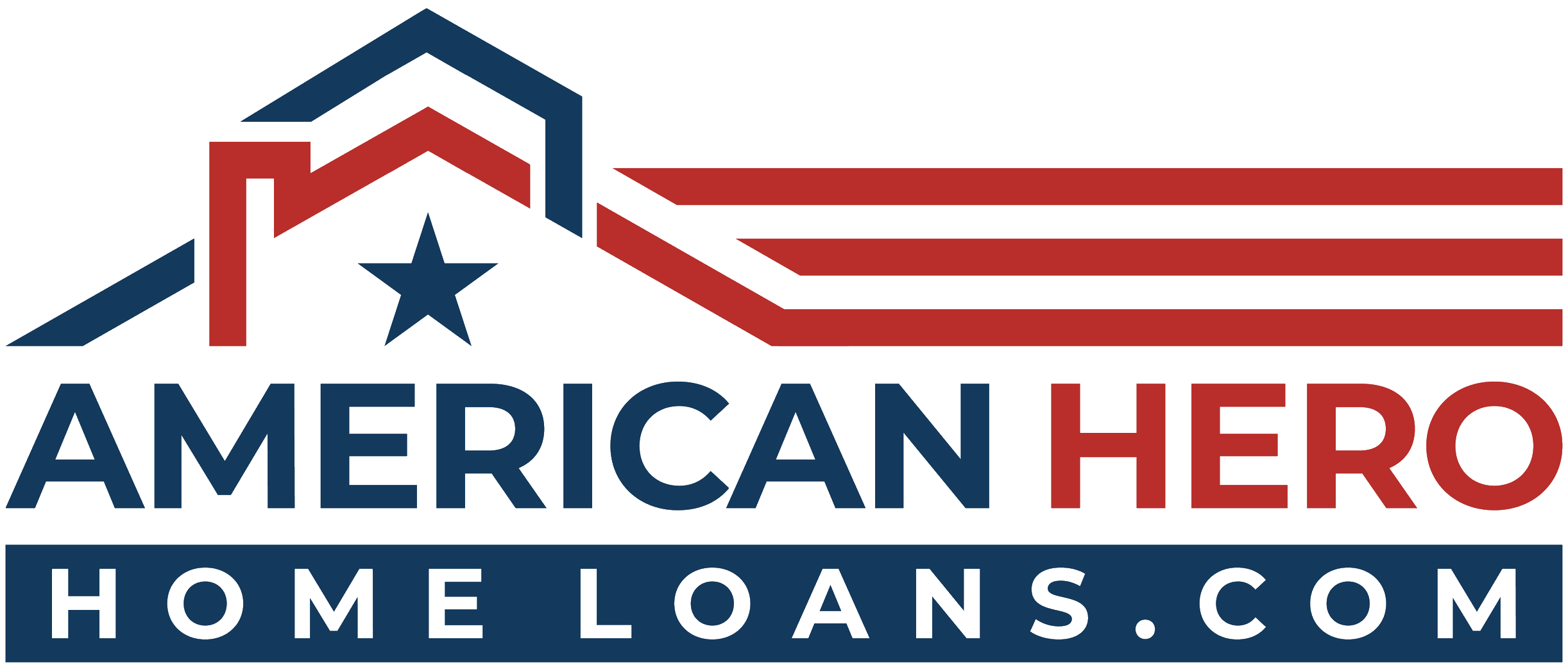VA Loan Process Overview – From Pre-Approval to Closing
The VA home loan process follows many of the same steps as a traditional mortgage — but with significant benefits like no down payment, no PMI, and lower interest rates for eligible Veterans, active-duty military, and surviving spouses.
This guide will walk you through every stage of the VA loan process — so you’ll know exactly what to expect and how to move forward with confidence.
Step 1: VA Loan Eligibility and Pre-Approval
Before you begin your home search, it’s important to determine your VA eligibility and get pre-approved by a VA-approved lender.
- You’ll discuss your homeownership goals and budget with your lender.
- You’ll provide basic documentation such as income, employment, and credit history.
- To confirm eligibility, your lender will help you retrieve your Certificate of Eligibility (COE) from the VA.
Once you’re pre-approved, you’ll receive a pre-approval letter — a valuable document that shows sellers you’re a serious buyer with financing ready to go.
Step 2: Finding Your Home
Working with an experienced real estate agent — especially one who understands VA loans — is key to finding the right home and avoiding common pitfalls.
- VA loans can be used to purchase single-family homes, condos, townhomes, manufactured homes, and multi-unit properties (up to 4 units).
- The home must be your primary residence and meet the VA’s Minimum Property Requirements (MPR).
- “Fixer-uppers” may still qualify, but they require additional documentation and oversight.
A knowledgeable agent and lender will help ensure the homes you view are eligible under VA guidelines — saving you time and frustration.
Step 3: Making an Offer
Once you’ve found the right home, it’s time to submit a purchase offer. Your real estate agent will help you:
- Determine a competitive offer price
- Include seller-paid concessions for closing costs (if needed)
- Request repairs or credits after inspections
- Set reasonable timelines for inspections, appraisals, and closing
- Include any necessary contingencies (e.g., home inspection, VA appraisal)
Negotiation is common. Your agent will work on your behalf to secure an agreement that works for you and the seller.
Step 4: Loan Underwriting and VA Appraisal
Once your offer is accepted, the loan process enters the underwriting stage:
- Your lender will request financial documents such as bank statements, pay stubs, tax returns, and employment verification.
- You’ll need to explain any large deposits or credit irregularities if applicable.
- The VA will assign a VA-certified appraiser to confirm the property’s value and condition.
The appraiser will ensure the home meets safety and livability standards set by the VA (Minimum Property Requirements). You may be responsible for the appraisal fee, though it can sometimes be negotiated into closing costs.
Throughout underwriting, your loan officer and support team will communicate with you to gather necessary documents and respond to any questions from the underwriter.
Step 5: Final Approval and Closing
Once underwriting is complete and all requirements are satisfied, your loan will receive final approval.
- You’ll receive a Closing Disclosure, which outlines the final terms and costs of your loan.
- Review this document carefully and compare it to your original Loan Estimate.
- You’ll have a chance for a final walk-through of the home before signing.
At closing, you’ll sign the necessary documents, receive your keys, and officially become a homeowner.
Need Help Navigating the VA Loan Process?
I’m here to walk you through every step — from confirming eligibility to handing over the keys. With over 19 years of loan experience and 47+ five-star Google reviews, I’ve helped hundreds of military families become proud homeowners.

